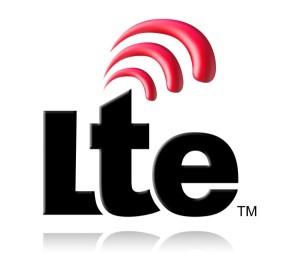 Faster and more flexible mobile networks enabled by small cells, virtualisation and next-generation LTE are expected to highlight infrastructure trends at Mobile World Congress next week.
Faster and more flexible mobile networks enabled by small cells, virtualisation and next-generation LTE are expected to highlight infrastructure trends at Mobile World Congress next week.
New smartphones will get more attention, but mobile infrastructure announcements will have as big an impact on telecommunications, with direct and indirect repercussions for consumers and enterprises.
Two technologies that fall in the former group are LTE-Advanced and small cells. LTE-Advanced consists of a number of different technologies designed to help improve performance, and the most important of these is carrier aggregation. It allows networks to devote more resources to some users by treating two or more channels in the same or different frequency bands as if they were one.
At the show in Barcelona, carriers, chip makers and network vendors will demonstrate different iterations of the technology. Broadcom and Nokia Solutions and Networks are working together to demonstrate the aggregation of two 20MHz channels to reach speeds of 300Mbps (bits per second).
Ericsson and Korean carrier SK Telecom are going one step further and demonstrating how three channels joined together can offer download speeds at up to 450Mbps. To get there, SK Telecom will use three times 20MHz.
Devices that can handle 300Mbps are scheduled to arrive this year and those for 450Mbps are expected in 2015. For carrier aggregation to work, carriers also need the necessary frequencies, which in the case of 450Mbps looks like a bit of a stretch for most operators unless they pool their resources. Current LTE networks use either one channel with 10MHz or 20MHz of spectrum.
Today’s mobile networks aren’t just about download speeds. Users also need good upload speeds to send photos and other types of content to social networks and hosted storage services.
A technology called Uplink CoMP (Coordinated Multi Point) can double data rates at cell edges by connecting a user to two base stations at the same time, as Ericsson is set to demonstrate at Mobile World Congress. The technology can also be used to improve download speeds.
Network performance can also be improved by decreasing the distance between the base station and the user with so-called small cells. They can be used in places where a lot of people congregate or where coverage is mediocre, including malls, sports arenas and in enterprise offices, a target market that, along with simpler installation methods, is expected to be highlighted in Barcelona.
For example, Spidercloud will demonstrate its EASY-30 program, which was announced earlier this month. The program is designed to help mobile operators and enterprises speed up the installation of a scalable in-building small cell system.
But if there is one infrastructure trend that is likely to overshadow all others it’s NFV (Network Functions Virtualisation). What started as a white paper from experts at operators such as AT&T, Verizon, China Mobile, Orange and Deutsche Telekom has become a key part of every vendor’s product strategy.
Last week, Ericsson said it is starting with a part of a mobile network called the EPC (Evolved Packet Core), which automates the authentication and management of subscribers and the services they access. On Wednesday, Alcatel-Lucent announced that it’s virtualising the EPC, as well as other parts of mobile networks.
The mobile operators are hoping to get many of the same advantages that server virtualization has afforded enterprises, including lower costs and the ability to roll out new services faster using NFV.





